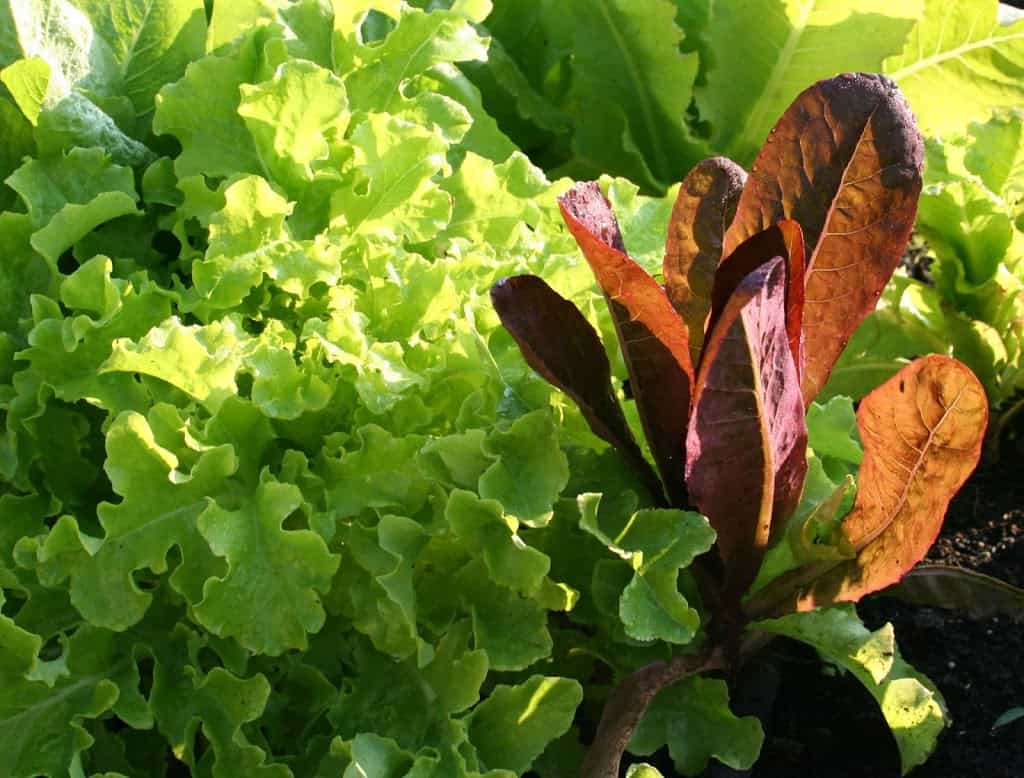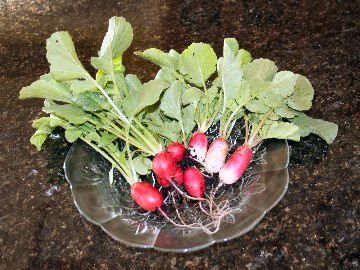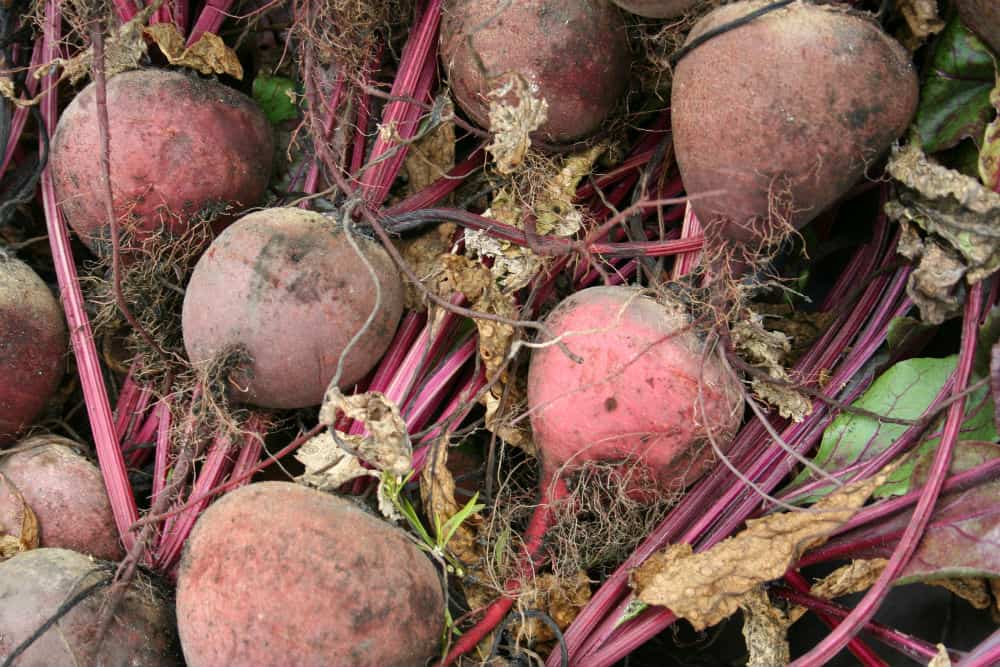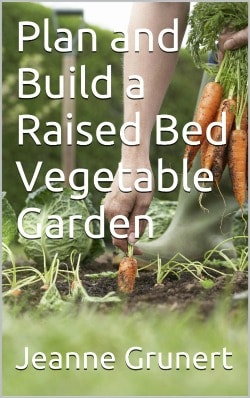Are you looking for easy vegetables to grow? Here are a few of my favorite easy vegetables to grow…
This weekend it seems as if the weather has finally turned the corner from winter to spring, and I planted easy vegetables to grow in the springtime. I guess the term “easy” depends on your perspective; my sister finds sewing a dress easy, but I find it as easy as completing an advanced calculus problem while singing operatic arias. However, these vegetables tend to be productive and abundant if given the right basic requirements.
Rabbits do love lettuce. Unfortunately, the only way that I’ve found effective as an organic control for rabbits is a stout fence to keep them out.
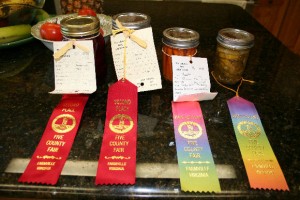 |
| Told you it was the best canned beet recipe around…my 2nd place ribbons from the 2011 fair. |
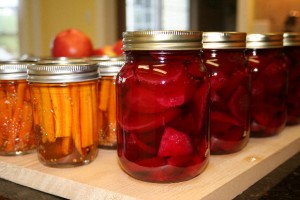 |
| Pickled beets (right) and carrots (left) |

